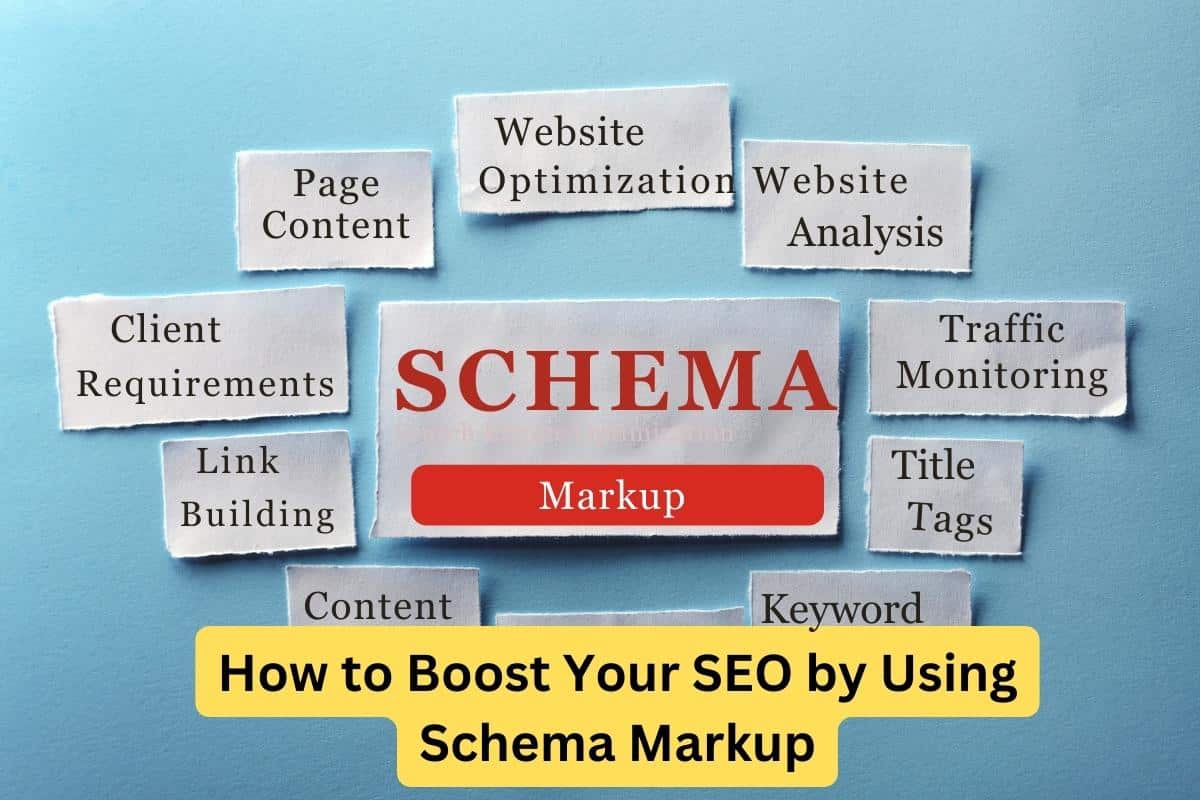Starting a business without money may seem challenging, but it’s not impossible. In fact, many successful entrepreneurs have started from humble beginnings and built thriving businesses with minimal or no funds. This guide aims to provide actionable strategies and creative ideas for launching a business on a shoestring budget.
I. Research and Planning:
-
Identifying a Profitable Niche:
When you’re starting a business without money, it becomes crucial to select a profitable niche. Conduct thorough market research to identify potential gaps and opportunities. Look for areas where you can offer unique value or cater to an underserved audience. By focusing on a specific niche, you can differentiate yourself and make a strong impact without a large budget.
-
Developing a Solid Business Plan:
Although you might not have financial resources, having a well-thought-out business plan is still essential. Outline your business goals, target audience, marketing strategies, and operational processes. A comprehensive business plan not only provides a roadmap for success but also helps you communicate your vision to potential partners, investors, or collaborators.
II. Leveraging Your Skills and Resources:
-
Utilizing Personal Skills and Expertise:
One advantage of starting a business without money is that you can leverage your personal skills and expertise. Identify your unique talents, experiences, or knowledge areas that can be monetized. For example, if you have graphic design skills, you can offer freelance design services or create digital products to sell online. By capitalizing on your strengths, you can minimize the need for external resources and bootstrap your business.
-
Building Strategic Partnerships:
Forming strategic partnerships is a valuable approach when resources are limited. Look for individuals or businesses that align with your values and target market. Collaborate on joint projects, share resources, or cross-promote each other’s products or services. By pooling together skills and networks, you can expand your reach and capabilities without significant financial investment.
III. Bootstrapping Techniques:
-
Minimalist Approach to Operations:
Embrace a minimalist mindset when it comes to business operations. Focus on essential activities and eliminate unnecessary expenses. For example, instead of renting a physical office, consider working from home or utilizing co-working spaces. Opt for free or cost-effective software tools instead of investing in expensive enterprise solutions. By cutting back on non-essential expenses, you can allocate resources to critical areas of your business.
-
Alternative Funding Options:
While starting a business without money means traditional funding sources may not be available, alternative options can still provide a financial boost. Explore crowdfunding platforms where you can pitch your business idea to potential backers. Research grants or small business loans that cater to specific industries or demographics. Be resourceful and seek out opportunities that align with your business goals.
IV. Marketing on a Shoestring Budget:
-
Social Media Marketing:
Social media platforms offer a powerful and cost-effective way to market your business. Create engaging content that resonates with your target audience and builds brand awareness. Leverage the reach of social media by actively engaging with your followers, participating in relevant communities, and collaborating with influencers or micro-influencers. By harnessing the power of social media, you can generate buzz and attract customers without breaking the bank.
-
Guerrilla Marketing Tactics:
Guerrilla marketing involves using unconventional and low-cost strategies to create a significant impact. Consider tactics such as street art, flash mobs, or viral content campaigns that can capture attention and generate word-of-mouth buzz. Be creative and think outside the box to grab people’s attention without relying on traditional advertising methods. Guerrilla marketing allows you to make a big impression with minimal financial investment.
V. Scaling and Growing the Business:
-
Reinvesting Profits for Expansion:
As your business starts generating revenue, resist the temptation to splurge on personal expenses. Instead, reinvest your profits back into the business to fuel growth. Allocate funds strategically to areas that will have the most significant impact, such as marketing, product development, or hiring key team members. By reinvesting early profits, you can accelerate your business’s growth trajectory without relying on external funding.
-
Scaling through Collaborations and Joint Ventures:
To scale your business without a large financial investment, explore collaborations and joint ventures with complementary businesses. Identify partners who can offer value-add services or products that complement your offerings. By joining forces, you can access each other’s customer base, share resources, and expand your reach. Strategic collaborations allow you to grow your business without shouldering the entire financial burden.
View More: How to Write the Best ChatGPT Prompts? Building Connections Through Words.
Conclusion:
Launching a business without money requires creativity, resourcefulness, and perseverance. While it presents unique challenges, it also opens up opportunities for innovation and out-of-the-box thinking. By conducting thorough research, leveraging personal skills and resources, adopting bootstrapping techniques, embracing low-cost marketing strategies, and strategically scaling through collaborations, you can build a successful business without a large financial investment. Remember, it’s not the amount of money you start with that determines your success—it’s your passion, determination, and ability to adapt and find creative solutions along the way.







